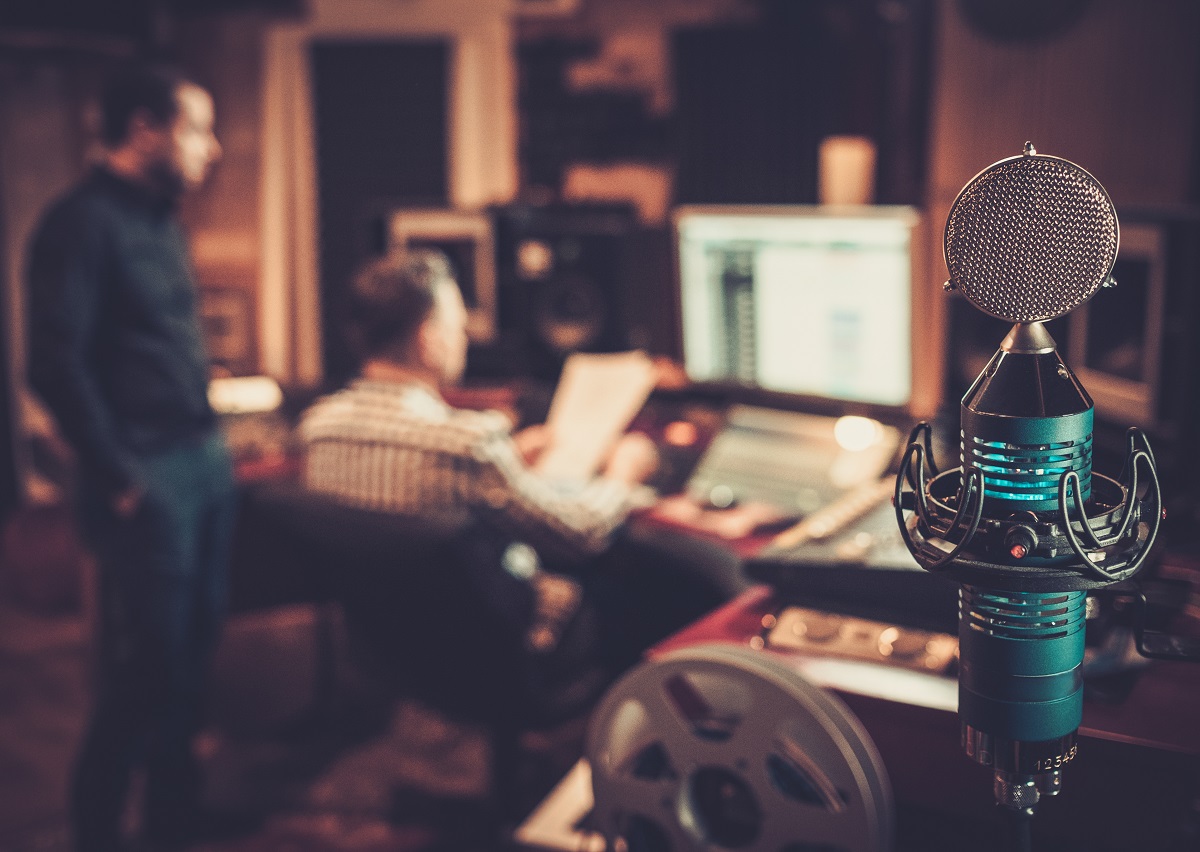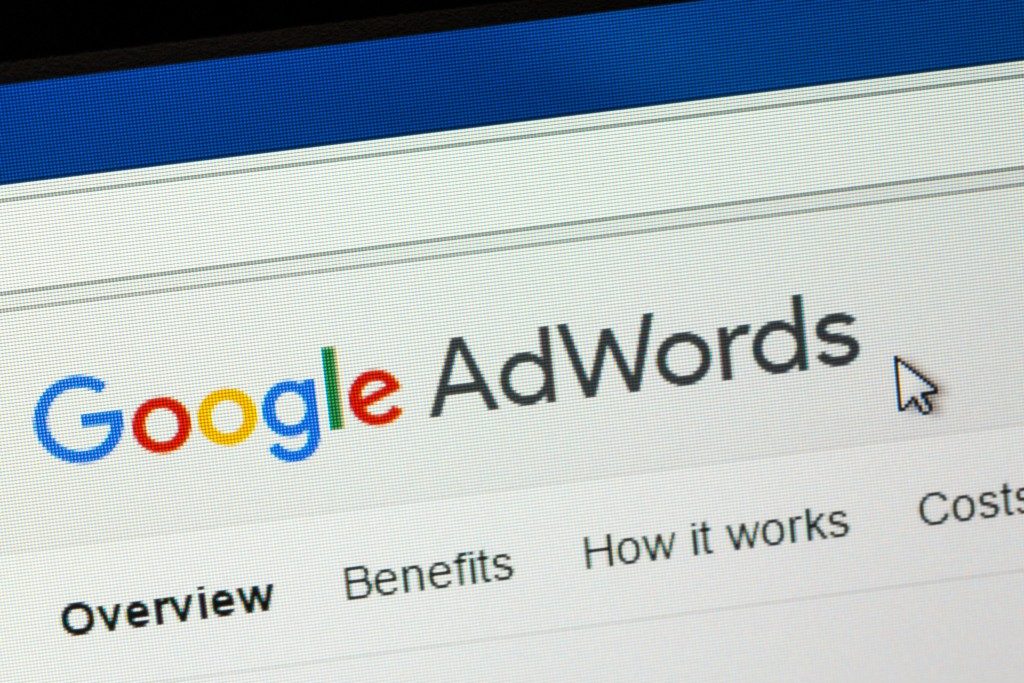Ever since the COVID-19 pandemic forced us to make adjustments to our daily routines, we’ve had to get creative with how we do things. For those who work in media production, that couldn’t be overstated. Advertising companies, film studios, art directors, and the like have had to adapt to the current situation. Some of these industries have been able to cope with remote and isolated work. Others – those that depend on having many people crowded in one area – such as major film studios, have had to postpone big projects. Some have even re-opened production only to shut it down again because of government protocol or infected cast and crew members.
The more adaptable of these industries – mostly music and advertising – have found their knight in shining armor in animators, artists, and homemade content creation. Let’s take a look at how different industries have adapted – or not – to COVID-19 and how the rest of us can do so too.
Advertising
Many advertisers have turned to video animation studios for their audio-visual content. John Lewis and Partners’ heartwarming “Give a Little Love” advertisement featured a mix of live-action and stop-motion.
Some have stuck to live action but minimized their cast members and any physical contact among them. You can see this clearly in this year’s Christmas ads. Amazon’s “The show must go on,” features a few brief shots of a packed dance studio in its first few seconds. The advertisement is about a young ballerina whose highly awaited recital performance is inevitably cancelled due to the virus. The climax of the ad shows the ballerina’s family helping her stage her performance on their snowy rooftop for their neighbors. A neighbor, who was earlier shown to have received an invitation to her rooftop performance, illuminates her as she dances with a long-range light he purchased from Amazon.
Music
The music industry constantly churns out new videos so they’ve had to adapt to social distancing guidelines with animation and self-shot videos. Grammy winner Billie Eilish collaborated with Japanese artist Takashi Murakami for her “my future” music video. Dua Lipa, Lil Wayne, and many others have also hopped on the animation bandwagon. Those that have stuck to the live-action format have still managed to churn out content filmed from the comfort of their homes. John Legend, OK Go, Twenty One Pilots, and Drake are just a few examples.

Publications
Magazines have had to take a similar approach with their covers, employing artists or manipulating stock images. Celebrity feature articles have had celebrities posing for studio-level photoshoots at home – what better use of our constantly improving smartphone cameras?h
Homemade Content
As we all know, TikTok has seen unbelievable growth during the pandemic. The video sharing social media platform hit a total of two billion downloads on Android and iOS devices in May. Sure enough, celebrities have also hopped on the homemade content train, be it TikTok, YouTube, or live videos. Even older celebrities such as Anthony Hopkins and Home Alone star Catherine O’Hara have joined and been sharing their own short videos.
Captain Marvel actress Brie Larson started her own YouTube channel and has already collaborated with several famous vloggers. An episode of The Office actor John Krasinski’s Some Good News reunited the cast of the well-loved sitcom to cheer up a couple whose wedding had to be cancelled due to the pandemic. Some of these virtual reunions also serve as fundraisers, such as the Parks and Recreation special, which helped raise funds for Feeding America’s COVID-19 Response Fund.
The new issue is that content producers have to be even more creative. The pandemic has forced many of us to hone our skills in content creation. Anyone can shoot a music video at home, but it takes something special for content to stand out these days. While it’s good that animation projects have seen an increase in demand, it’s important for clients to remember that these are also more difficult and more time-consuming than live-action projects. Plans and storyboards for animation projects have to be very thoroughly reviewed. Re-animation is expensive and exhausting – just ask the animators of the latest Sonic the Hedgehog film.
The pandemic may have put certain things on hold, but content creators continue to prove that work-from-home arrangements can’t stop them. Now more than ever, employers are going to look for people who are good at making content. COVID-19 highlights the importance of digital content so it’s important to be good at making it. Use this time at home to get better and to build a good portfolio.


